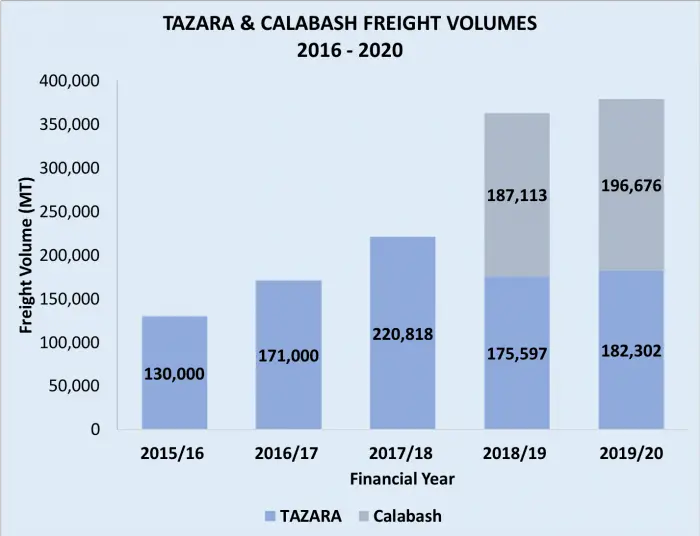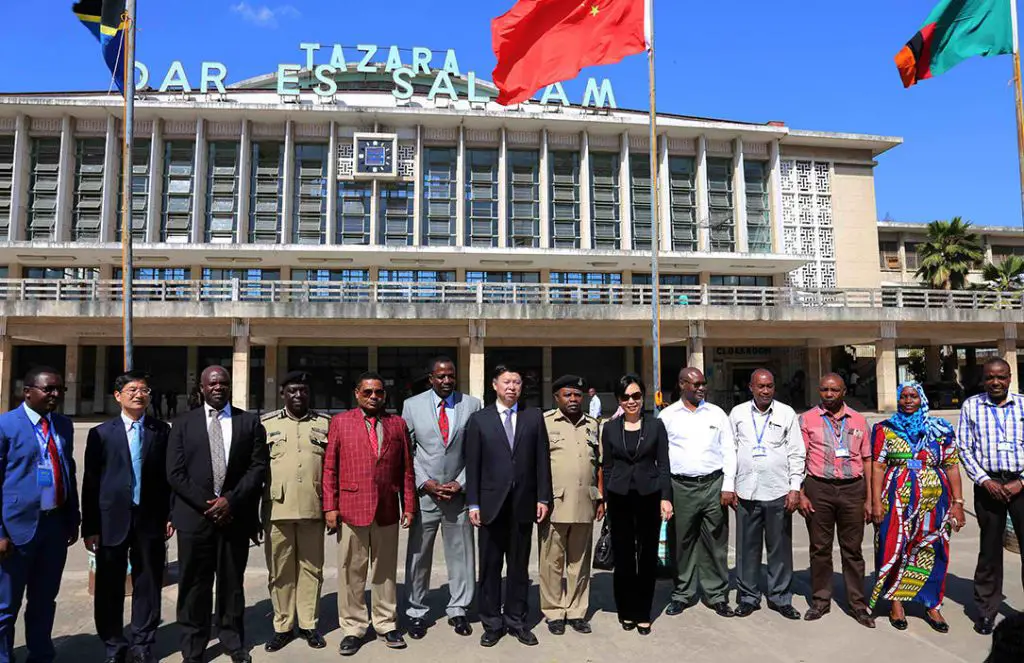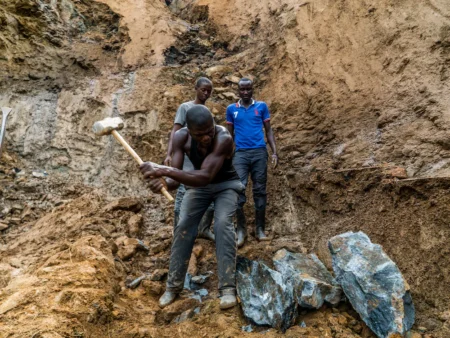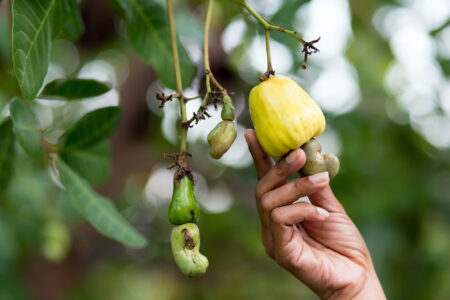- ZAMBIA and Tanzania last week agreed to revamp and recapitalize the TAZARA railway and expand the TAZAMA pipeline following a change in objectives from the transportation of crude oil to finished products
- The partner governments also plan to implement a turn-around strategy that would optimize the potential of the track
- Small settlements and towns along the line, for instance, Mlimba, Makambako, and Ifakara are some of the small towns that have developed tremendously and to some extent still depend on the railway line for transportation
Zambia and Tanzania have agreed to revamp and recapitalize the TAZARA railway and expand the TAZAMA pipeline following a change in objectives from the transportation of crude oil to finished products.
The two countries are neighbours only separated by a colonial boundary. The two nations enjoy cordial relations with shared experiences in various human undertakings.
In the past, the warm bilateral cooperation between the two sides has culminated in jointly building and owning monumental projects like Tanzania-Zambia Railway Authority (TAZARA) and Tanzania Zambia Mafuta Pipeline (TAZAMA).
Tanzanian President Samia Suluhu Hassan said the agreement to revive TAZARA was reached when she held talks with visiting Zambian President Hakainde Hichilema at State House in the commercial capital Dar es Salaam.
According to Zambia Daily Mail, TAZARA was constructed as a turnkey project between 1970 and 1975 through an interest-free loan from China, with commercial operations starting in July 1976, covering 1,860 kilometres from Dar es Salaam in Tanzania to New Kapiri Mposhi in Zambia.
President Hassan added that the two leaders have also agreed to work closely in promoting trade and investment through the revival and renovation of key joint post-independence infrastructure projects that were built to link the two nations, including the Tanzania-Zambia Crude Oil Pipeline (TAZAMA).
“Tanzania and Zambia are long-time friends. We have agreed to further promote these relations which now should be translated into economic and trade relations to improve the lives of our people,” said President Hassan.
Zambian President Hichilema said the relations between Tanzania and Zambia were a heritage inherited from founding fathers Julius Nyerere and Kenneth Kaunda who understood the importance of connecting the two nations.
“We need to work together because our relationship and co-existence is historical, we were together in the struggle for independence, since then we have worked together and our people have been one,” he said.
TAZAMA is equally significant to both countries, and it was primarily constructed to transport crude oil from Dar es Salaam into landlocked Zambia at an affordable and sustainable economic cost. The pipeline is owned by Tazama Pipeline Limited, a joint company of the governments of Zambia, which has a 66.7 per cent stake, and Tanzania with 33.3 per cent shareholding. It is, therefore, gratifying that President Hichilema and President Hassan deliberated on these two iconic pieces of infrastructure which are of great economic value to the two countries.
According to The Citizen, apart from the grand plans to upgrade the Tanzania-Zambia Railway Authority (TAZARA) into a standard gauge railway (SGR), the partner governments also plan to implement a turn-around strategy that would optimize the potential of the track.
This comes as the 1,860-kilometre-long track whose construction was established 50 years ago with financial support from the People’s Republic of China has yet to achieve its annual goal of transiting 600,000 metric tonnes of cargo.
Challenged by inadequate recapitalization and limited working capital, and poor track conditions that have limited speed and volume of cargo, the authority has also failed to generate enough revenue to meet its running costs.
However, the two heads of state, among other things, announced a joint plan to seek funding for the revamp of the railway into SGR so that optimal performance can be achieved.
“In today’s world railways are SGR. So, through Public-Private Partnership (PPP), we have agreed to come up with a project to improve the Tazara railway to that level,” said President Samia Suluhu Hassan during a press briefing at State House in Dar es Salaam.
According to the Transport ministry’s permanent secretary Gabriel Migire, some of the initiatives that would be taken to address the prevailing challenges include introducing private operators, and legal and regulatory changes to increase efficiency and management. “This year we signed an agreement with a private operator that brings the total to three as of the date and the target is to push the freight traffic from the current 200,000 metric tonnes to about 450,000 metric tonnes annually,” he said.

While issues of capital remain acute for TAZARA, Migire said the board of directors which includes members from both countries would discuss how to support the authority.
“After board meetings, the recommendations will be presented to the ministry council of both parties (Tanzania and Zambia), whilst encouraging regular engagements between two countries as advised by the heads of state,” he said.
Small settlements and towns along the line, for instance, Mlimba, Makambako, and Ifakara are some of the small towns that have developed tremendously and to some extent still depend on the railway line for transportation.
Just over a year after getting into the Zambian government, the Patriotic Front administration under the leadership of President Michael Sata secured a US$750 million Eurobond in 2012 from international creditors.
According to an article by Zambia Daily Mail dated August 4, 2022, of the US$750 million borrowed at an interest rate of 5.375 per cent, US$120 million was given to Zambia Railways Limited (ZRL) for revamping operations of the State-owned enterprise.
Consequently, the carriage capacity increased to 734,284 tonnes in 2013 and closed to around 959,956 tonnes the following year after ZRL allocated US$81.8 million to railway infrastructure and US$38.2 million towards rolling back.
A further US$186 million from the US$750 million bond was to be used on paying for Zambia’s equity stake in the development of Kafue Lower Power Station.
Nitrogen Chemicals of Zambia was also earmarked to benefit from the bond through capital injection.
However, about 10 years since ZRL got the US$120 million share of the US$750 million Eurobond, there seems to be nothing standing to attest to how the funds were utilized.
Today, ZRL infrastructure has continued wearing out due to lack of maintenance despite the company having bagged the US$120 million partly for improving the rail track, the result of which has been recurrent train derailments.











